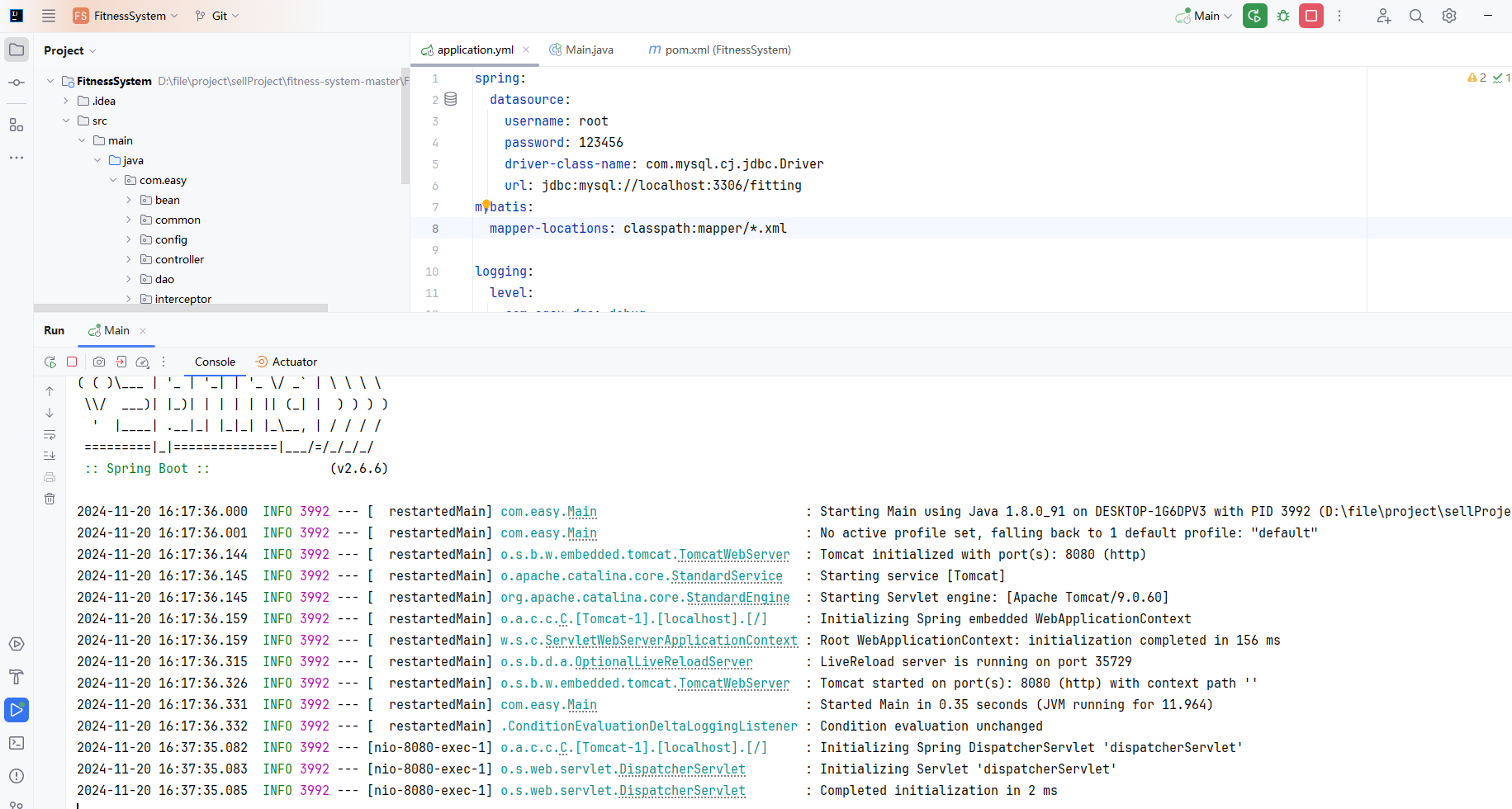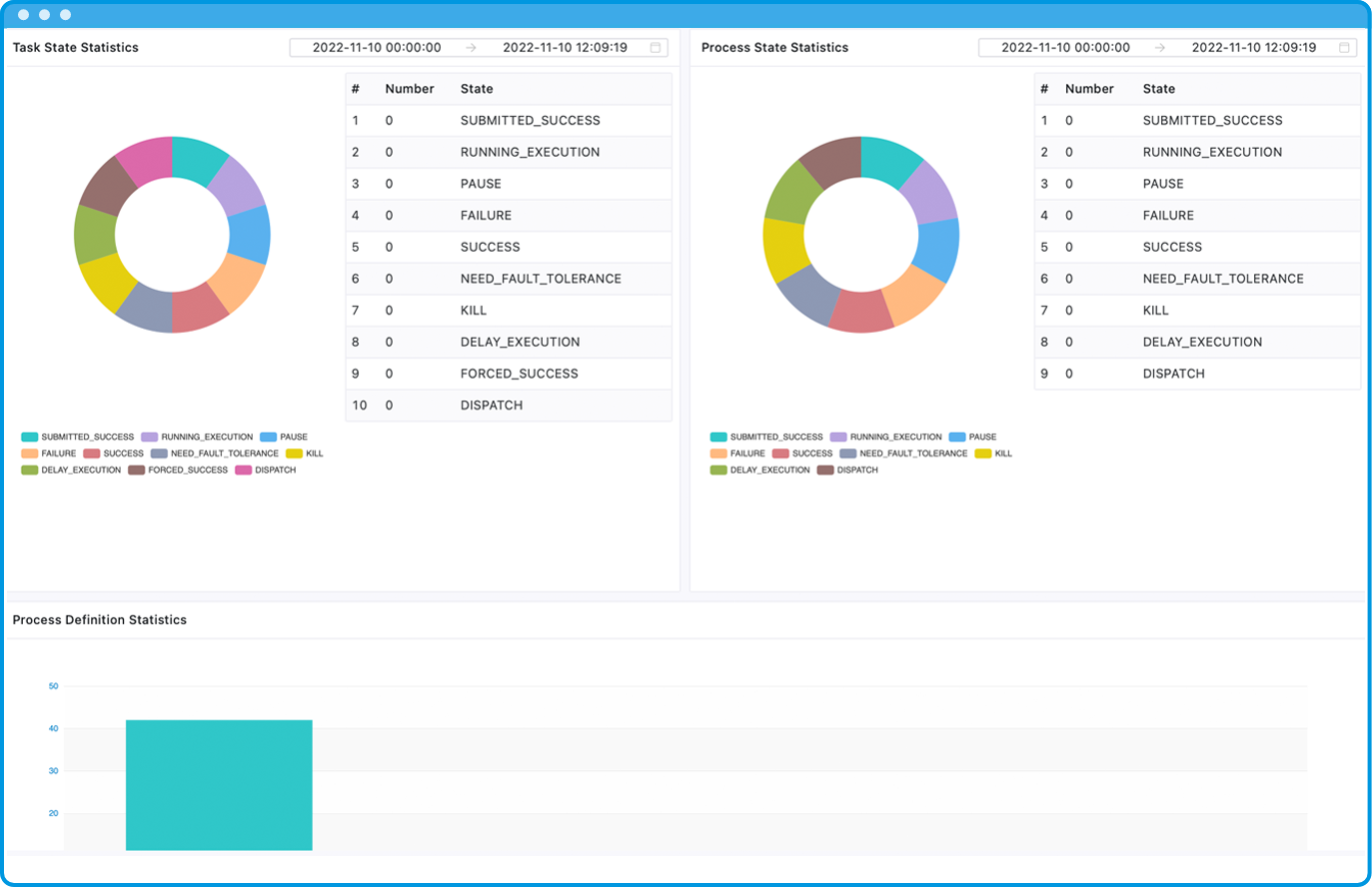文章目录
- coalesce
- 字符串位置(position strpos)
- 字符串长度与大小写转换
- 去掉空格(trim ltrim rtrim)
- 字符串连接(concat)
- 字符串替换
- 简单替换(replace)
- 替换指定位置长度(overlay)
- 正则替换(regexp_replace)
- 字符串匹配
- 字符串拆分
- split_part(拆分数组取指定位置的值)
- string_to_array(拆分为数组)
- regexp_split_to_array(拆分为数据,使用正则表达式)
- regexp_split_to_table(拆分为表,多行)
- 字符串取子串
- 基本用法
- 单参数
- 正则截取
- left与right(左右截取)
- 正则
- 元字符
- like与等价符号
- 正则匹配
coalesce
coalesce主要用来处理空,它返回第1个不为空的值,可以接受整型或者字符串,但是不能混有。
select coalesce('a','0') as r1,coalesce(1,2) as r2,coalesce(null,2,1) as r3,coalesce(null,NULL,'first') as r4;

字符串位置(position strpos)
返回子字符串在字符串中的位置,有点像Java中的index
select position('456' in '123456789') as r1,strpos('123456789', '678') as r2;

字符串长度与大小写转换
select length('hello world') as len, upper('Hello World') as up, lower('Hello World') as lo;

去掉空格(trim ltrim rtrim)
select trim(' Hello World ') as t,
rtrim(' Hello World ') as r,
ltrim(' Hello World ') as l;

字符串连接(concat)
select concat('Hello', ' ', 'World');
select concat(ip, ' ', port) as id from user;
PostgreSQL从9.1开始提供了||操作符,可以用来代替concat函数。
select ip || ' ' || port as id from user;
字符串替换
简单替换(replace)
-- 第1个参数是源字符串,第2个参数是需要的替换的old,第3个参数是替换之后的new
select replace('啊哈, 娘子', '娘子', '相公') as r;

替换指定位置长度(overlay)
overlay(string placing substring from start [for length]): 用另一个字符串替换字符串的一部分。
-- 结果:123中文6干嘛orld
-- 将第7位开始的2位替换为了干嘛,其他不变
select overlay('123中文67world' placing '干嘛' from 7);-- 结果:123中文6干嘛rld
-- 将第7位开始的3位替换为了干嘛,其他不变
select overlay('123中文67world' placing '干嘛' from 7 for 3);

正则替换(regexp_replace)
regexp_replace(string, pattern, replacement [, flags ]): 使用正则表达式替换字符串中的子字符串。
select regexp_replace('Hello123 World456', '\d+', '替换之后的内容', 'g') as r;

字符串匹配
regexp_matches(string, pattern [, flags ]): 使用正则表达式匹配字符串中的子字符串。
-- \b[A-Za-z0-9._%+-]+@[A-Za-z0-9.-]+\.[A-Z|a-z]{2,}\b-- 返回第1个匹配数组
select regexp_matches('123c929 33哈哈123 33hh123','(\d+)[a-z]+(\d+)') as r;
-- 返回全部匹配数组
select regexp_matches('123c929 33哈哈123 33hh123','(\d+)[a-z]+(\d+)','g') as r;

字符串拆分
split_part(拆分数组取指定位置的值)
select split_part('1-2-3', '-', 2) as r;

string_to_array(拆分为数组)
select
string_to_array('1,2,3', ',') as r1,
string_to_array('1,2,3', ',', '2') as r2;

regexp_split_to_array(拆分为数据,使用正则表达式)
除了使用固定字符拆分,还可以使用正则表达式拆分:
select regexp_split_to_array('1ab22cd3ef4', '[a-z]+') as result;

regexp_split_to_table(拆分为表,多行)
除了拆分为数组,还可以拆分为table
SELECT
regexp_split_to_table('1,2,3,4,5,6', ',' ) as r1,
regexp_split_to_table('1。2。3。4。5。6', '。' ) as r2,
regexp_split_to_table('1|2|3|4|5|6', E'\\|') as r3,
regexp_split_to_table('1 2 3', ' ') as r4;

字符串取子串
- substring(content,start,length):第1个参数是要截取的子串,第2个参数是开始位置,从1开始,第3个参数是截取长度(可选,默认取到最后1个)
- substring(content from start for length):上1个的单参数模式
- substring(content,pattern):可以使用正则表达式
基本用法
start从1开始,如果小于1,自动修正为1,length如果大于最大长度,自动修正为最大长度。
select substring('Hello World',1,6) as S1L6,
substring('Hello World',1) as S1,
substring('Hello World',0) as S0,
substring('Hello World',0,20) as S0L20;

substring还有一个等价的函数substr:
select substr('Hello World',1,6) as S1L6,
substr('Hello World',1) as S1,
substr('Hello World',0) as S0,
substr('Hello World',0,20) as S0L20;
单参数
select substring('Hello World' from 1 for 6) as S1L6,
substring('Hello World' from 1) as S1,
substring('Hello World' from 0) as S0,
substring('Hello World' from 0 for 20) as S0L20;-- 截取时间就非常方便了
select substring('2050-01-01 12:00:00' from 1 for 10);

正则截取
还可以使用正则截取:
-- 截取第1个匹配
select substring('hello world c909 what the world c919 hi c929','([0-9]{1,4})') as r;

下面这个匹配哪一个?
select substring('what theA1234567890the ok hahahaA987654321','.*(A\d{5}).*') AS r;
答案是:A98765,因为第1个.*是贪婪模式。

截取特定子串:
-- 截取从are开始的串
select substring('what are world',position('are' in 'what are world')) as r;
left与right(左右截取)
-- 按字符长度,不是字节
select left('你好,hi,in the world',5) as r1,
right('你好,hi,in the world',5);

正则
元字符
- |:表示选择两个候选项之一
- *:表示重复前面的项0次或更多次
- +:表示重复前面的项1次或更多次
- ?:表示重复前面的项0次或1次
- {m}:表示重复前面的项m次
- {m,}:表示重复前面的项m次或更多次
- {m,n}:表示重复前面的项至少m次,不超过n次
- ():匹配分组
- []:可选组
like与等价符号
- %代表0个或任意个字符
- _代表任意1个字符
- 如果想匹配%、_自身,可以使用反斜杠\转义
- 可以使用escape指定转义字符
CREATE TABLE public."user" (id serial4 NOT NULL,"name" varchar NULL,CONSTRAINT newtable_pk PRIMARY KEY (id)
);INSERT INTO public."user" ("name") VALUES('bob'),('boob'),('bo%b'),('Boob'),('Bo%b'),('BoB'),('B_b'),('BooB'),('b_b');
PostgreSQL的like比较灵活,可以有not like取反,也有ilike不区分大小写
select * from public.user where name like 'al%';
select * from public.user where name like 'al_';select * from public.user where name like 'bo%b';
select * from public.user where name like 'bo_b';
select * from public.user where name ilike 'bo_b';
select * from public.user where name like 'bo\%b';
select * from public.user where name like 'bo#%b' escape '#';
select * from public.user where name not like 'bo#%b' escape '#';

PostgreSQL还提供了如下与like等价的操作符:
- ~~:等价于like
- ~~*:like不区分大小写
- !~~:等价于not like
- !~~*:not like不区分大小写
select * from public.user where name ~~ 'bo_b';
select * from public.user where name ~~* 'bo_b';
select * from public.user where name !~~ 'bo\%b';
select * from public.user where name !~~* 'bo\%b';

正则匹配
PostgreSQL除了like,还支持正则匹配,这个就慎用了,可以作为的附加条件,而不要作为过滤的主要条件,特别是大表。
- ~:匹配正则表达式,区分大小写
- ~*:匹配正则表达式,不区分大小写
- !~:不匹配正则表达式,区分大小写
- !~*:不匹配正则表达式,不区分大小写
select * from public.user where name ~ '(B|b)oob';
select * from public.user where name ~* 'boob';
select * from public.user where name !~ 'boob';
select * from public.user where name !~* 'boob';



















